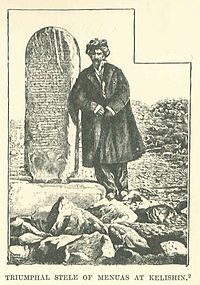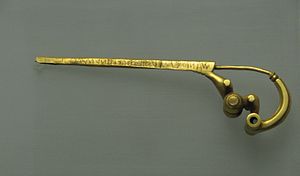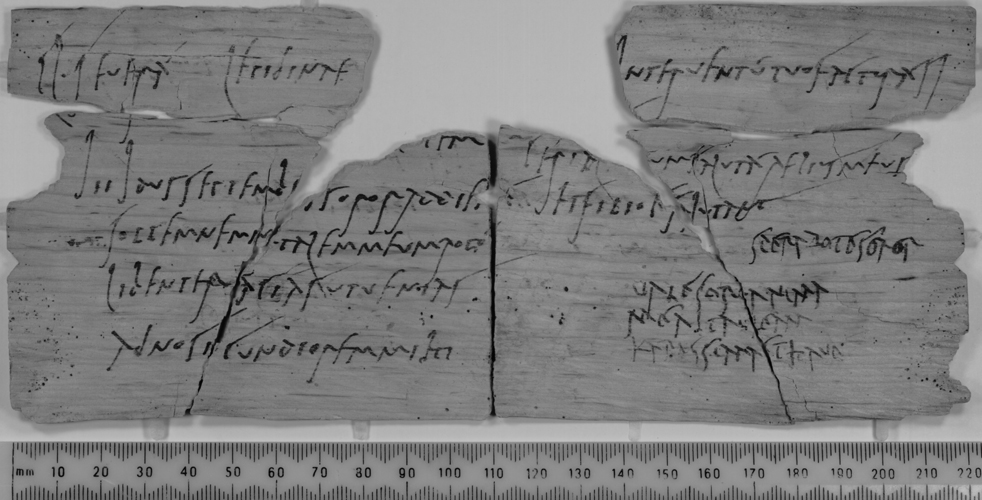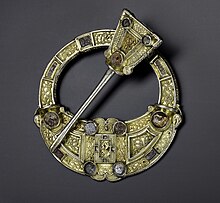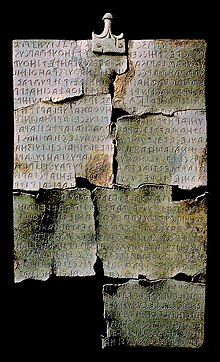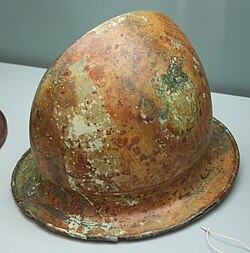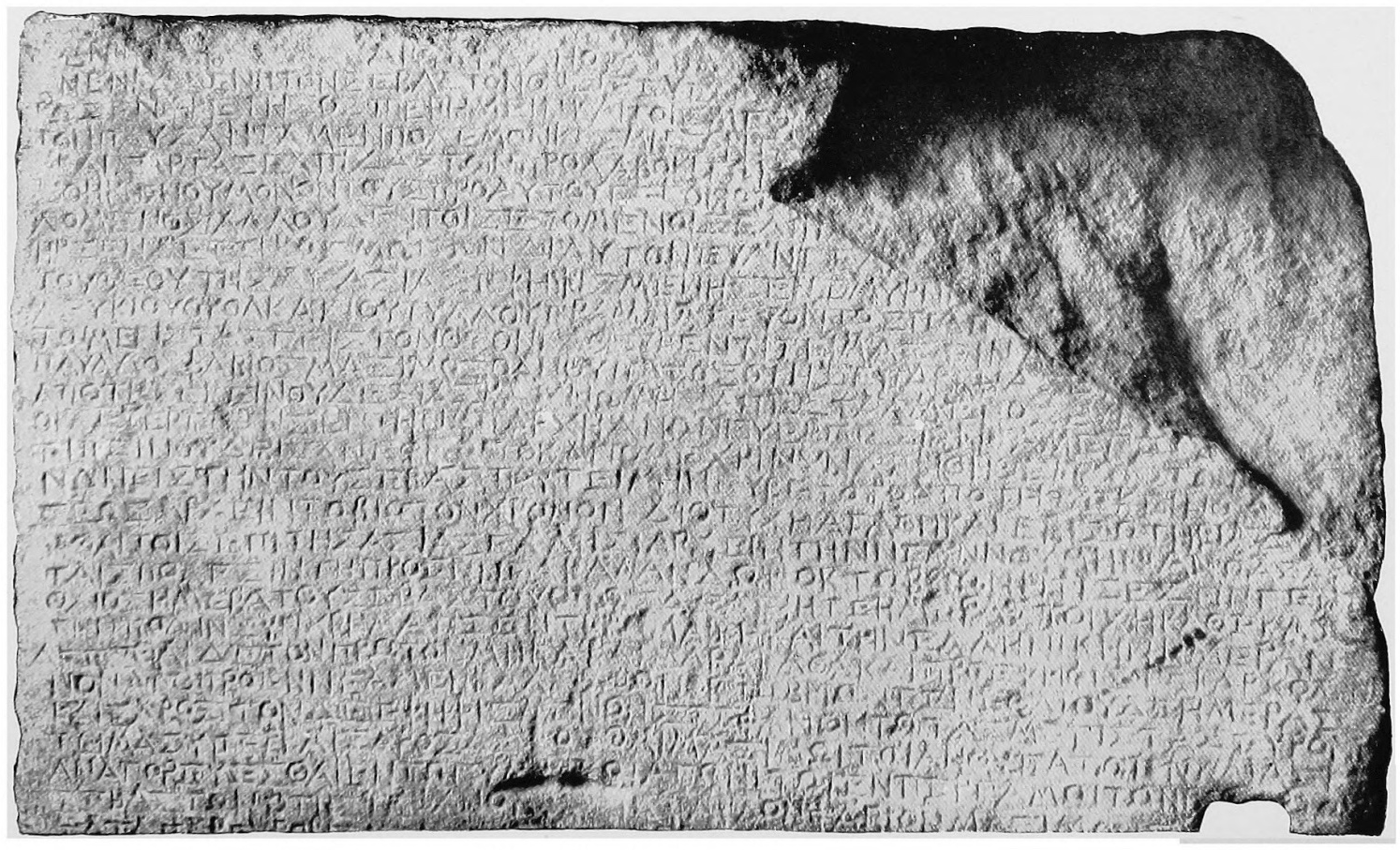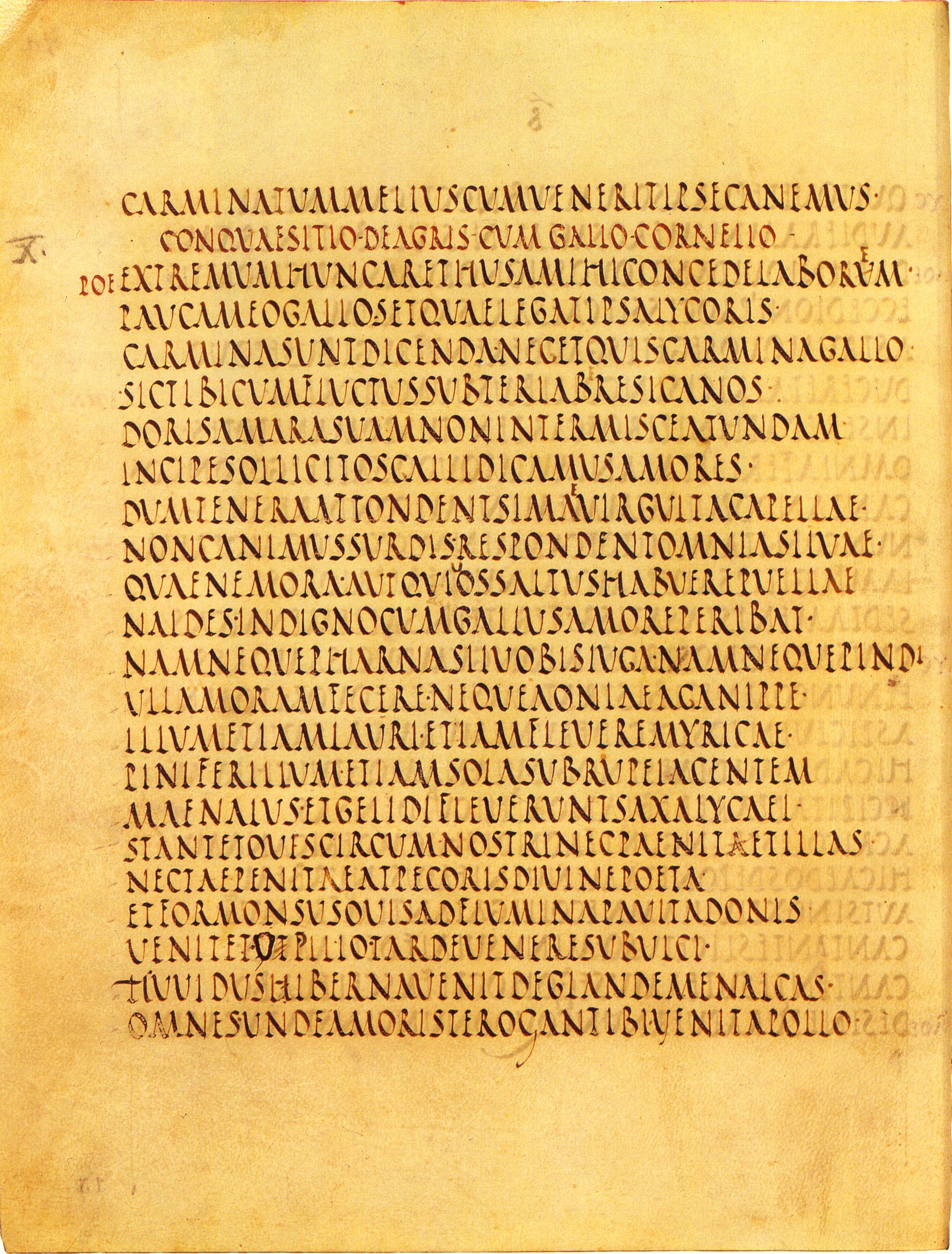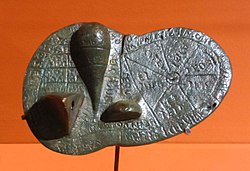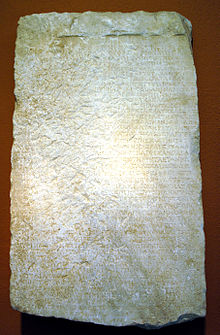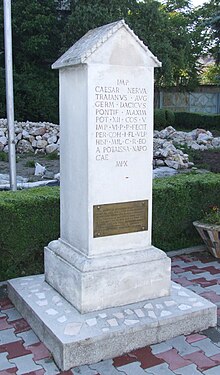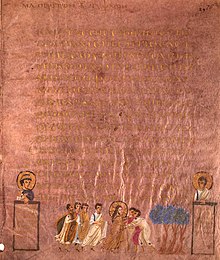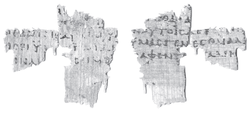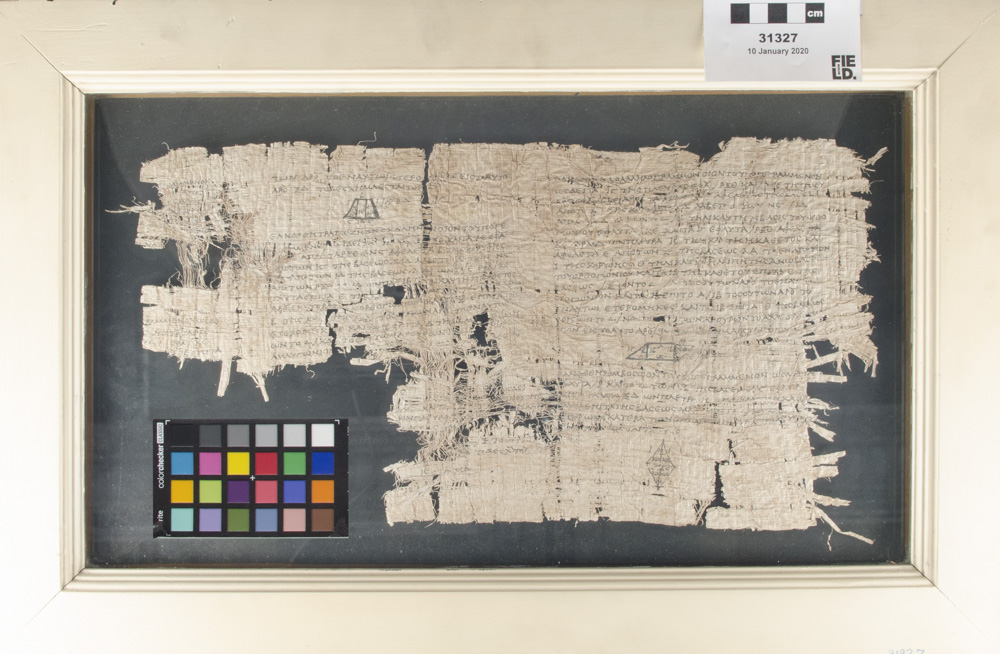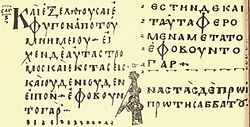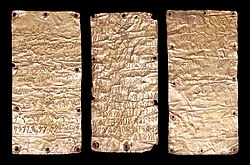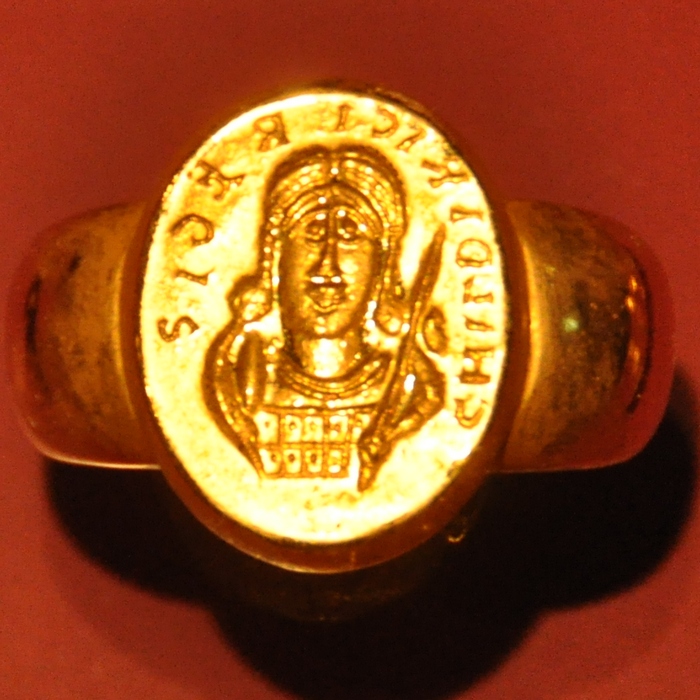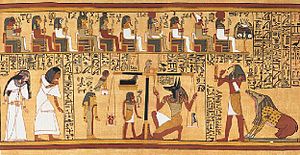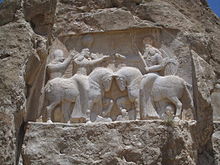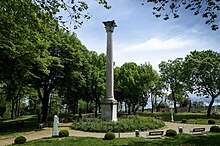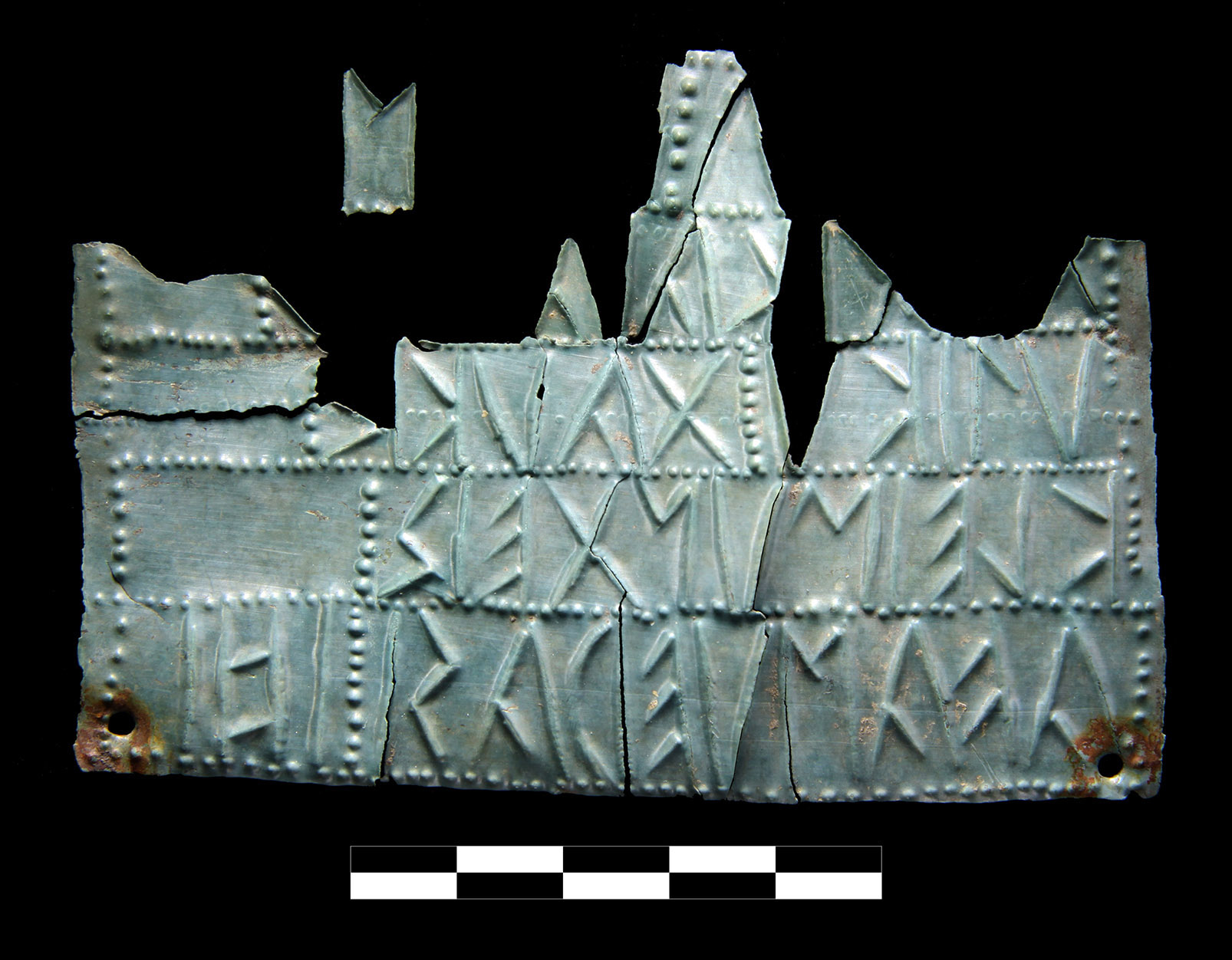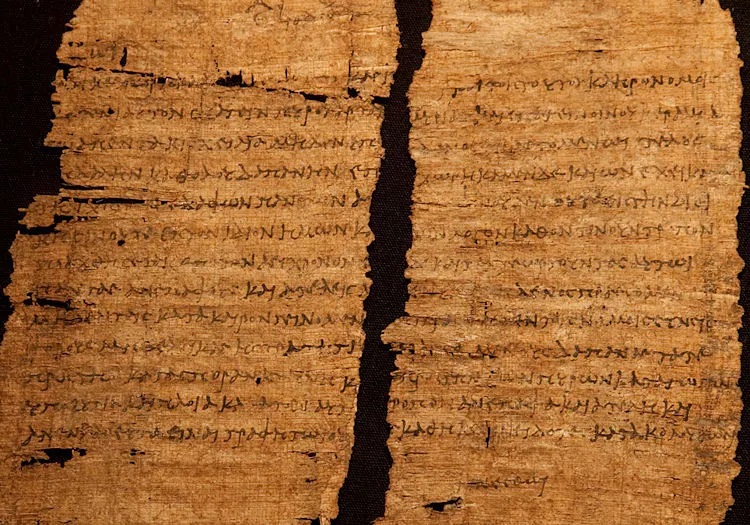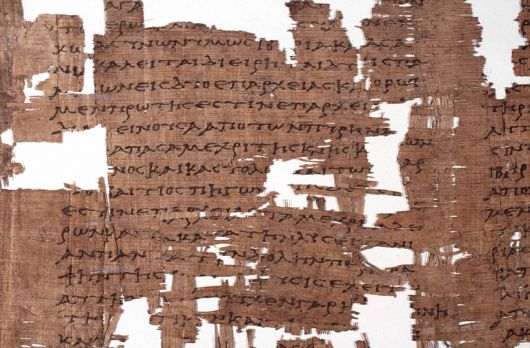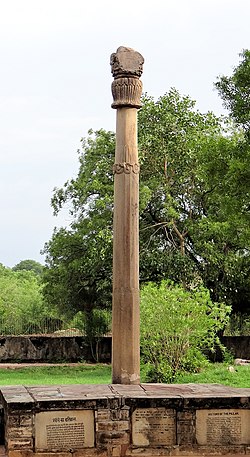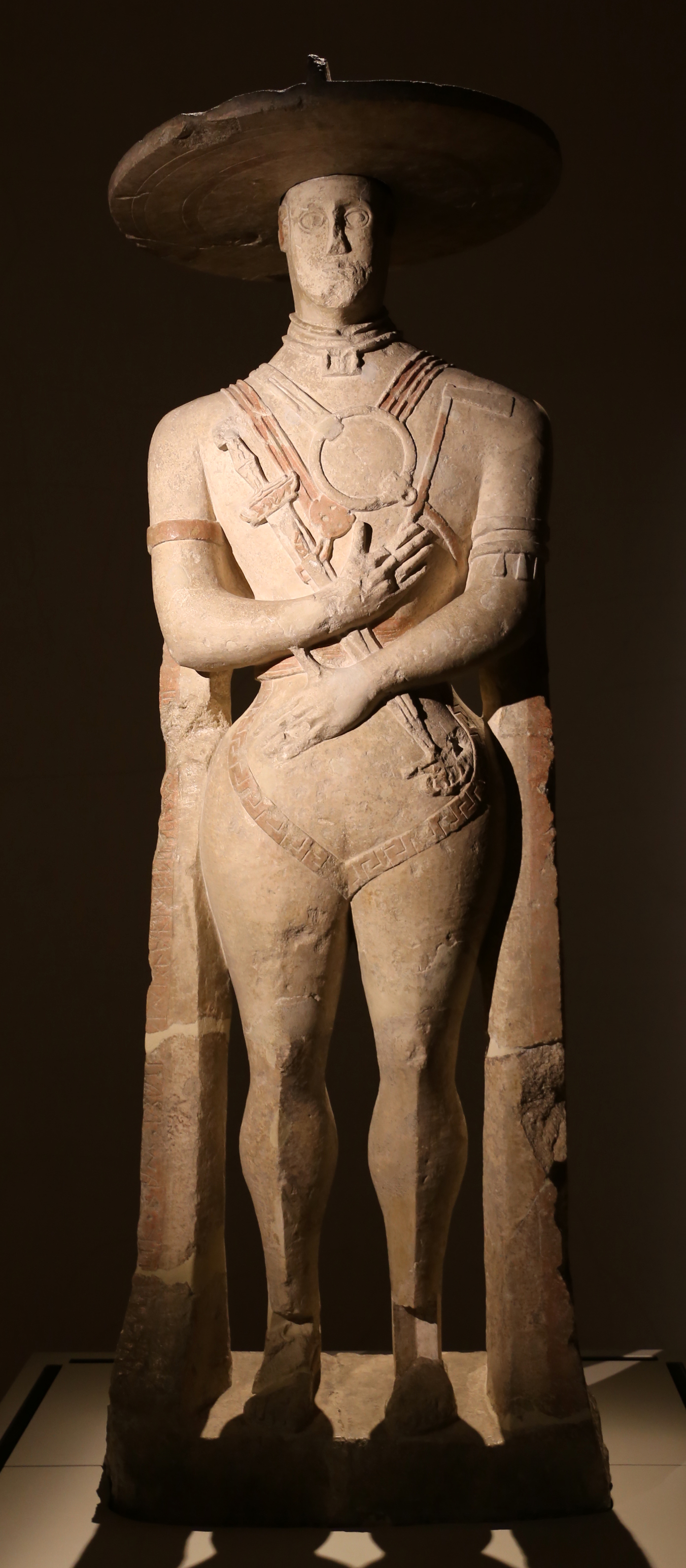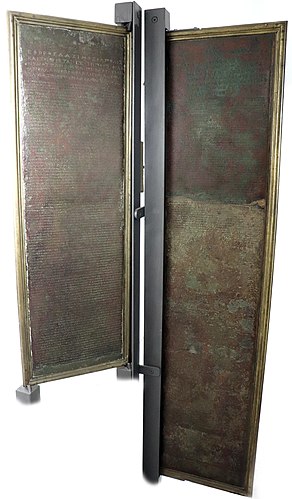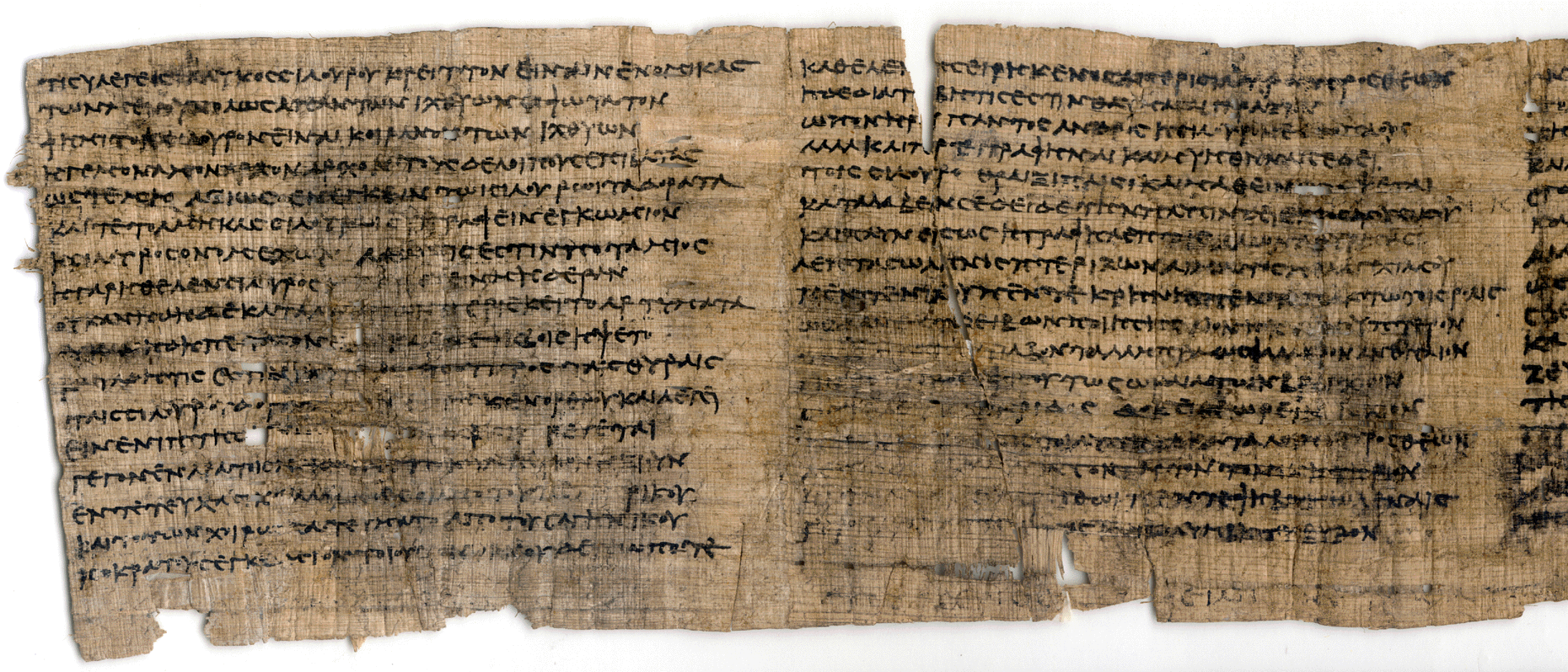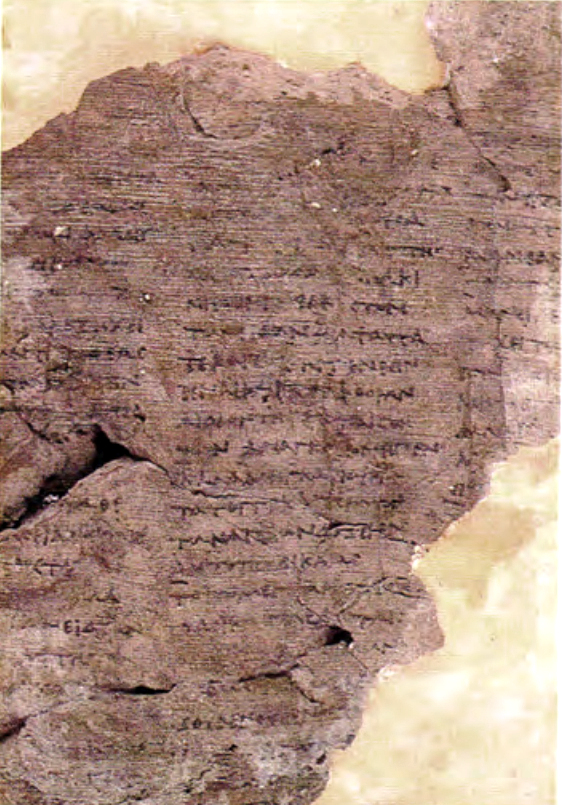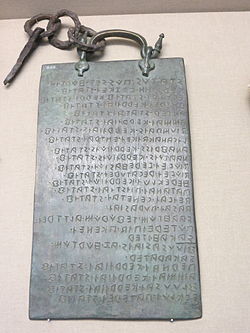Kelashin Stele
The Kelashin Stele (TM 865186 ) is a stela called after the place where it was discovered in 1827, in the Kurdish area of north-eastern Iraq, not far from a pass to neighbouring Iran. The discoverer, Friedrich Eduard Schulz, was killed because he was presumed to be an Ottoman spy and most of his notes disappeared. Despite several, often fatal attempts, later expeditions were never able to reach the stela because of the remoteness of the area, the cold, and the insecure political situation. Even in 1976 a squeeze could only be made under heavy military protection.
The stela is bilingual in Akkadian and in Urartean and was important both for the decipherment of the Urartean script by Sayce in 1882, and for that of the language, related only to Hurrian, after World War I. The text describes how the Urartean king and his crown prince came bringing offerings to the warrior god Chaldi.
In 1981, during the Iran-Iraq war, the stela was transferred to the museum in Urmia (Iran), where it still is preserved today. A copy is also preserved in the National Museum in Teheran.

